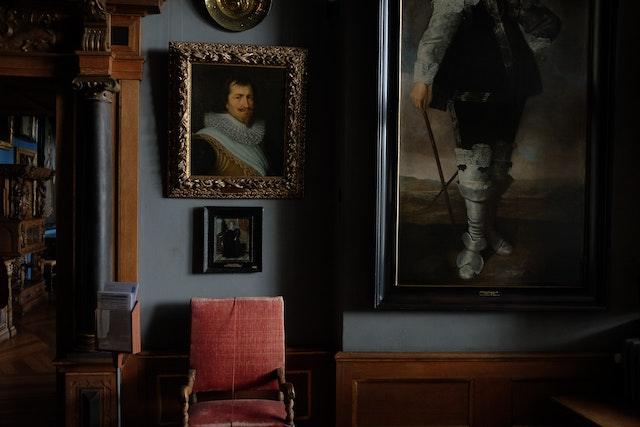Art reflects the human spirit, capturing the essence of our thoughts, emotions, and experiences. Over centuries, masterpieces have been created, each with its own unique story. However, the passage of time and the ravages of nature can take a toll on these precious works of art, diminishing their original splendor. That's where the art of painting restoration comes in. In this blog, we will delve into the fascinating world of art restoration, exploring its significance, techniques, and the skilled professionals who dedicate themselves to preserving the beauty of our artistic heritage.
The Importance of Painting Restoration
Paintings are windows to our past, providing insights into historical events, cultural movements, and the artistic genius of their creators. Through restoration, we can safeguard these treasures for future generations to enjoy. By revitalizing the colors, repairing damages, and removing accumulated dirt and grime, art restorers bring artworks back to life, allowing us to experience their intended impact.
The Role of an Art Restorer
Art restoration is a delicate craft that requires a deep understanding of art history, materials, and conservation techniques. Restorers are not just technicians; they are storytellers, deciphering the artist's intentions and breathing new life into faded strokes. Their meticulous work involves cleaning, stabilization, retouching, and preserving the original integrity of the artwork.
Techniques in Painting Restoration
- Cleaning: Accumulated dirt, yellowed varnishes, and discolored retouches can obscure the true beauty of a painting. Skilled restorers employ various techniques such as solvent cleaning, gels, and controlled abrasion to remove unwanted layers and reveal the original colors and textures.
- Stabilization: Over time, canvases may develop cracks, tears, or flaking paint, requiring stabilization. Restorers use techniques like consolidation, lining, and structural support to ensure the artwork's physical integrity and prevent further deterioration. c. Retouching: Restorers carefully retouch areas of missing or damaged paint, matching the colors and brushwork to seamlessly integrate the restoration work with the original artwork. This process demands a delicate balance between preserving authenticity and ensuring aesthetic coherence.
Ethical Considerations
Art restoration involves a delicate balance between preservation and intervention. Restorers must adhere to ethical guidelines, respecting the artist's intent, historical context, and integrity of the artwork. Transparency and documentation play crucial roles in maintaining the integrity of the restoration process and allowing future generations to understand and assess the interventions made.
The Impact of Technology
Innovations in technology have revolutionized the field of art restoration. Advanced imaging techniques like X-rays, infrared reflectography, and ultraviolet photography allow restorers to uncover hidden layers, detect previous restorations, and study an artwork's evolution. Digital tools have also become invaluable in analyzing pigments, recreating missing sections, and facilitating collaborative restoration efforts across geographical boundaries.
Conclusion
Painting restoration is a labor of love, preserving our cultural heritage and enabling us to connect with the past. The meticulous work of art restorers revives the brilliance of masterpieces, ensuring they endure for generations to come. Through their expertise and dedication, these unsung heroes of the art world breathe new life into faded strokes and preserve the beauty that transcends time. Let us celebrate and appreciate their invaluable contributions to our artistic legacy.


